What are the preventive measures of atherosclerosis?
There are two kinds of blood vessels in the body: arteries and veins. The structure of arteries is divided into intima, media and adventitia. Atherosclerosis is actually a harmful substance, such as blood lipids, connective tissue, thrombus, calcium and other deposits formed under the intima. plaque. What are 5 risk factors for arteriosclerosis and hypertension?
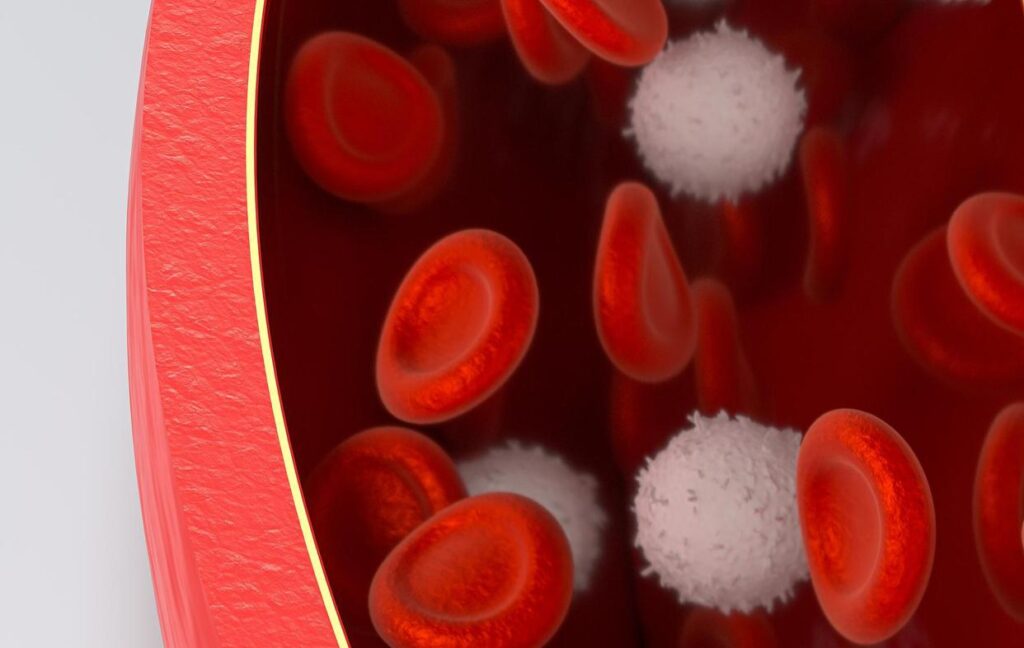
The prevalence of arteriosclerosis in modern society is slowly rising. In the past, people always thought that arteriosclerosis should be a disease that only middle-aged and elderly people would suffer from. At this stage, arteriosclerosis has already formed in people who are not very old. This is a notable situation.
What are the hazards of arteriosclerosis?
1.Aortic sclerosis
The vast majority of aortic sclerosis has no specific symptoms. On percussion, aortic dullness can be found widened in the posterior manubrium; the second heart sound in the aortic valve area is hyperactive and has a metallic tone, and there is a systolic murmur. However, if an aortic aneurysm is formed, if it ruptures or forms an acute aortic dissection, it can be quickly fatal.
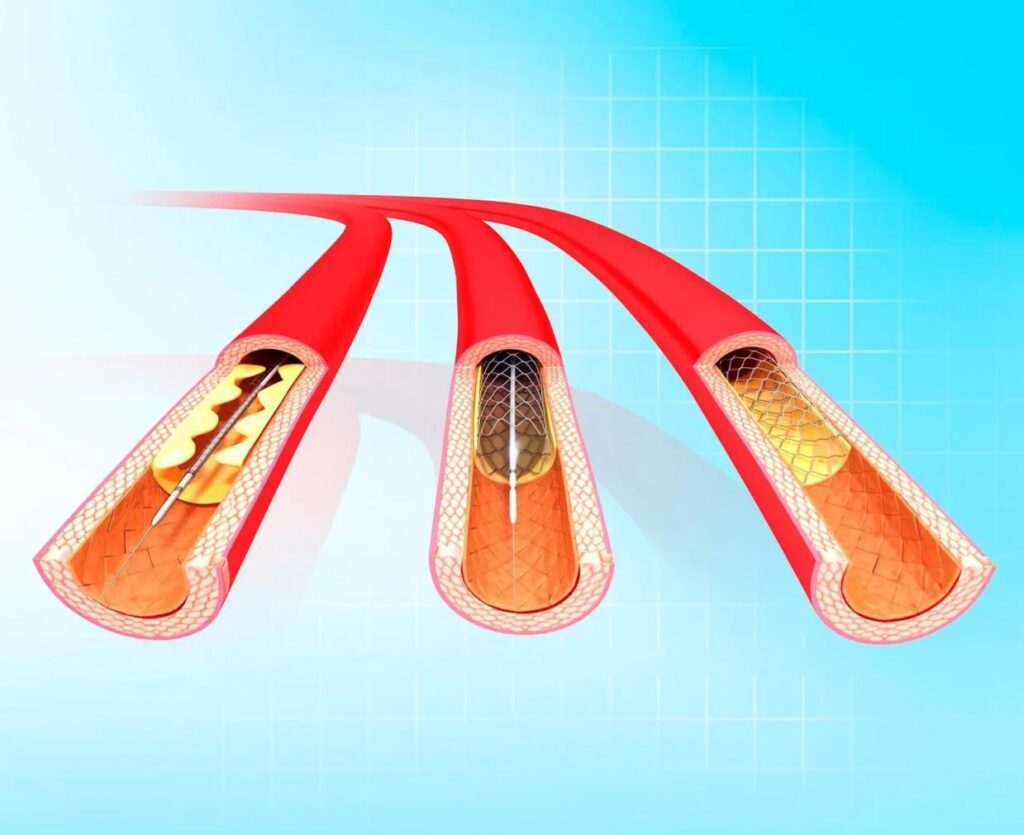
2.Coronary arteriosclerosis
Coronary heart disease Atherosclerosis is formed in the coronary arteries, and the stenosis or obstruction of the lumen will lead to myocardial ischemia and hypoxia and lead to coronary heart disease. The typical symptom is exertional angina, with crushing pain in the precordial area during activity or emotional agitation, radiating to the left shoulder or/and left upper arm in a small number of patients. A small part is accompanied by chest tightness or mainly chest tightness. In severe cases, the pain is heavier and the duration increases.
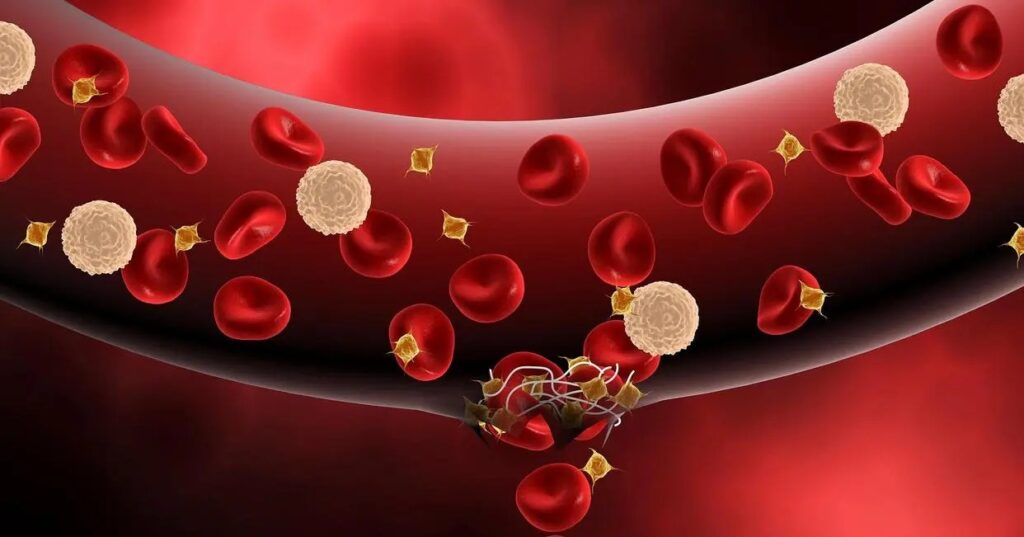
3.Cerebral arteriosclerosis
Cerebral arteriosclerosis is a small part of systemic arteriosclerosis, and it is also the main pathogenesis of acute cerebral blood circulation, especially cerebral ischemia. Cerebral arteriosclerosis can lead to ischemic stroke or blood vessel rupture leading to hemorrhagic stroke, mainly manifested as dizziness, headache, irritability, palpitations, insomnia, lack of concentration, decreased concentration, numbness of limbs, etc. It can also lead to brain atrophy, mainly It is manifested as mental, abnormal movement, decreased intelligence and memory, and even dementia.
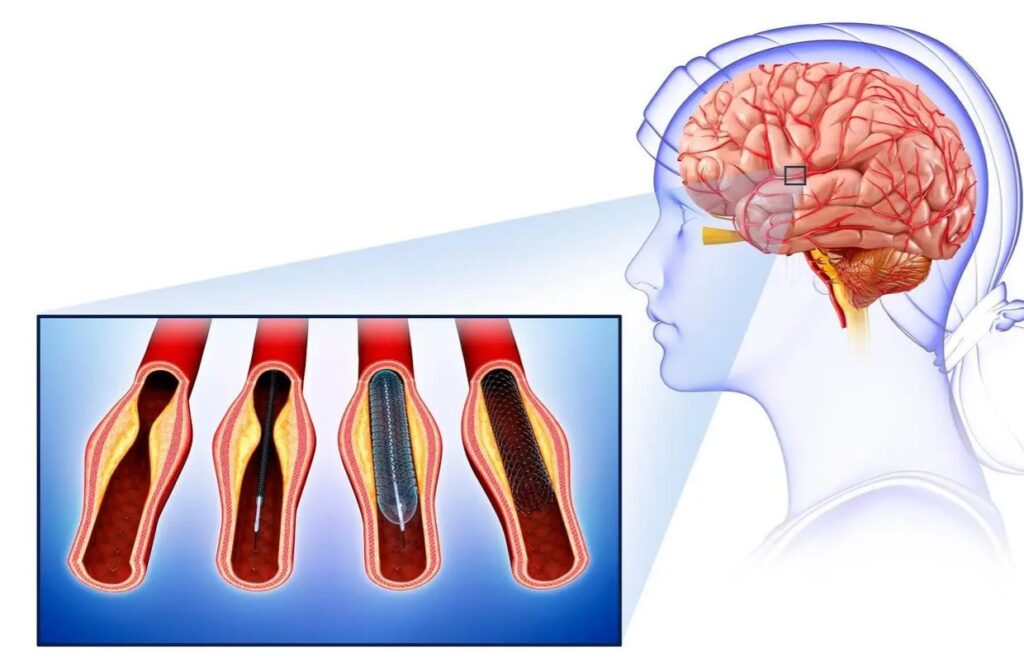
4.Renal arteriosclerosis
Renal arteriosclerosis refers to a class of disorders that affect renal vascular function due to the stiffness of the renal arteries and their branches and/or arterioles. According to the progress of the disease, it can be divided into benign arteriole renal stiffness and malignant arteriole renal stiffness.
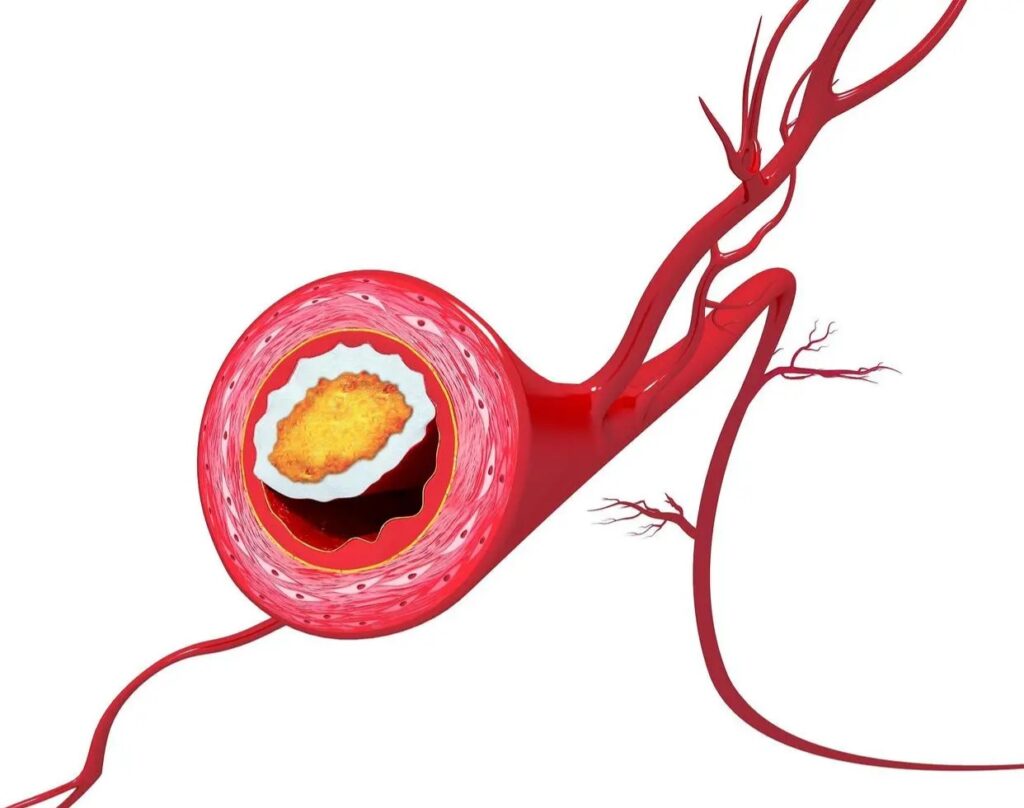
5.Arteriosclerosis of the lower extremities
Common symptoms are coldness, numbness and intermittent claudication of the lower extremities due to the blood supply obstruction of the arteries in the feet, that is, numbness, pain and even spasm of the gastrocnemius muscle when walking, which subsides after rest, and reappears when walking again. In severe cases, there may be persistent pain in the lower extremity arteries, especially the pulse of the dorsal foot artery weakens or subsides. Gangrene may form when the lumen of the artery is completely occluded.
NOTE: If you have more problem then contact to your doctor,i am only provide a knowledge.Kindly consult to your doctor for your problems.
Read more tips about health and fitness http://www.growmorehealth.com
